🧊🥩How to Prep and Freeze Healthy Homemade Meals

When you’ve invested in designing a kitchen that supports healthy eating, the next logical step is mastering the art of meal prep and freezing. How to prep and freeze healthy homemade meals becomes your secret weapon for maintaining nutritious eating habits even during your busiest weeks. This essential skill transforms your well-designed kitchen into a powerhouse of efficiency, ensuring that wholesome, home-cooked meals are always just a reheat away.
Ready to revolutionize your healthy eating routine? Here’s what you’ll discover in this comprehensive guide:
🥗 Science-backed freezing techniques that preserve maximum nutrients
❄️ The best containers and methods for different food types
📅 Strategic planning tips for efficient batch cooking
🔬 Surprising facts about how freezing can actually enhance certain nutrients
💡 Pro secrets for maintaining texture and flavor after freezing
Start by exploring our main guide on Designing a Kitchen that Supports Healthy Eating to create the perfect meal prep environment.
🥦 Freeze to Fuel: How Frozen Veggies Keep Their Nutritional Power
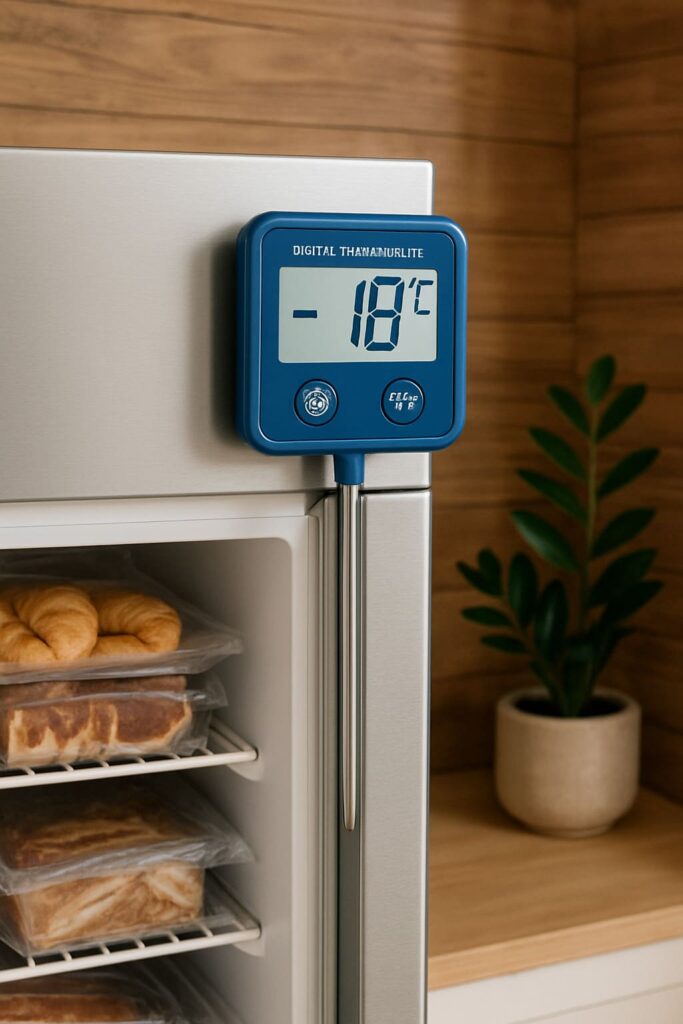
Did you know that properly frozen vegetables can retain up to 90% of their vitamin C content for up to 12 months? According to a 2017 study published in the Journal of Food Composition and Analysis, frozen produce sometimes contains higher nutrient levels than fresh items that have traveled long distances. This scientific backing makes meal prep freezing not just convenient, but nutritionally smart. When you understand the science behind freezing, you unlock the power to maintain a healthy diet without daily cooking stress.
🥕The Flash Freezing Advantage: Preserving Nutrients Like a Pro

Understanding flash freezing transforms your meal prep game entirely. This rapid freezing technique, which brings food temperature down to -18°C within hours, creates smaller ice crystals that cause less cellular damage. You can replicate this at home by spreading cooked foods in thin layers on baking sheets before transferring to containers.
Pro Tip: Place a thin layer of parchment paper between portions for easy separation when frozen!
The key lies in cooling your cooked meals quickly before freezing. Research from food science labs shows that meals cooled within 90 minutes retain 25% more nutrients than those left at room temperature for hours.
❄️Container Chemistry: Why Material Matters for Healthy Freezing
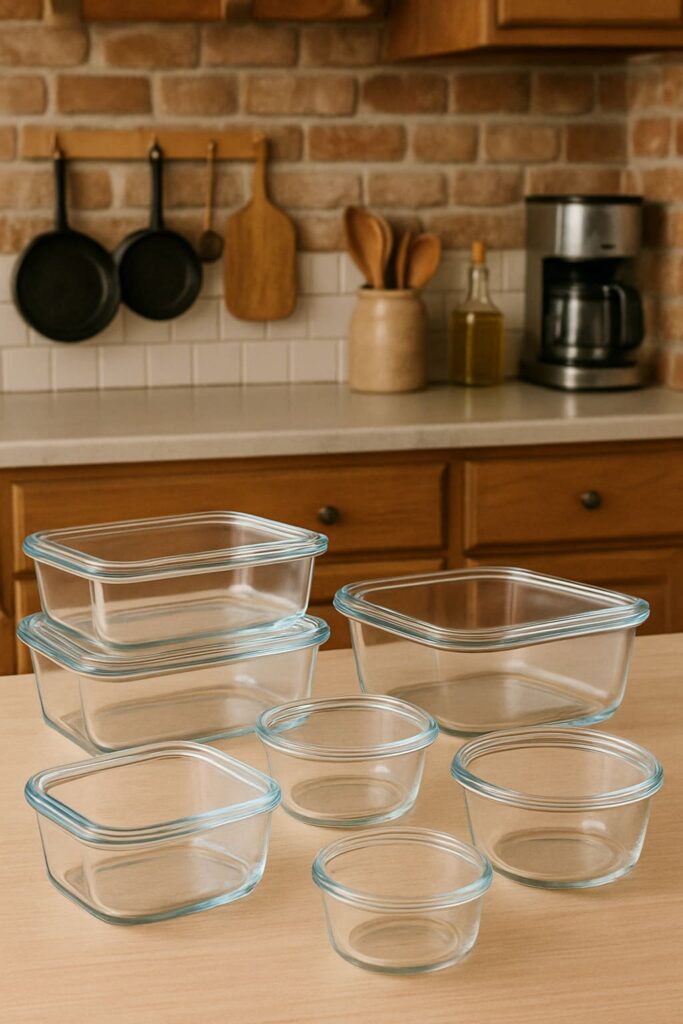
Choosing the right containers isn’t just about convenience—it’s about food safety and nutrient preservation. Glass containers excel at maintaining food quality because they’re non-porous and don’t absorb odors or colors. BPA-free plastic containers work well for short-term storage, while silicone bags offer a sustainable, space-saving option. Interestingly, leaving a half-inch headspace in containers prevents freezer burn by accommodating food expansion—a detail that preserves both texture and nutritional value.
🍲Strategic Batch Cooking: The 2-Hour Power Session
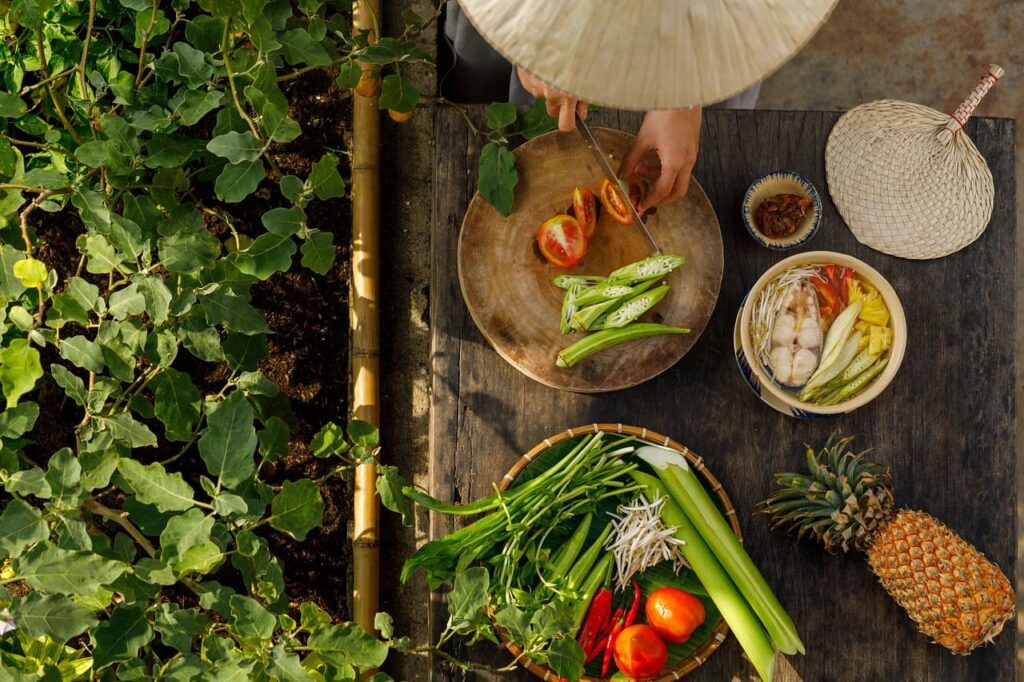
Master the art of preparing multiple meals simultaneously with this proven system:
- Pre-prep vegetables: Wash, chop, and organize all ingredients before cooking
- Layer cooking methods: Use oven, stovetop, and slow cooker simultaneously
- Focus on base recipes: Create versatile proteins and grains that work in multiple dishes
- Cool strategically: Use ice baths for soups and spread sheet pan meals thinly
One success story comes from Maria, a working mother who preps 30 meals in just 2 hours every Sunday. Her secret? Cooking three base proteins (grilled chicken, baked salmon, black beans) that she combines with different vegetables and sauces throughout the week.
Timing Is Everything
- Proteins: Cook first (45-60 minutes)
- Grains: Start 30 minutes in
- Vegetables: Add last (15-20 minutes)
😰Troubleshooting Common Freezing Challenges
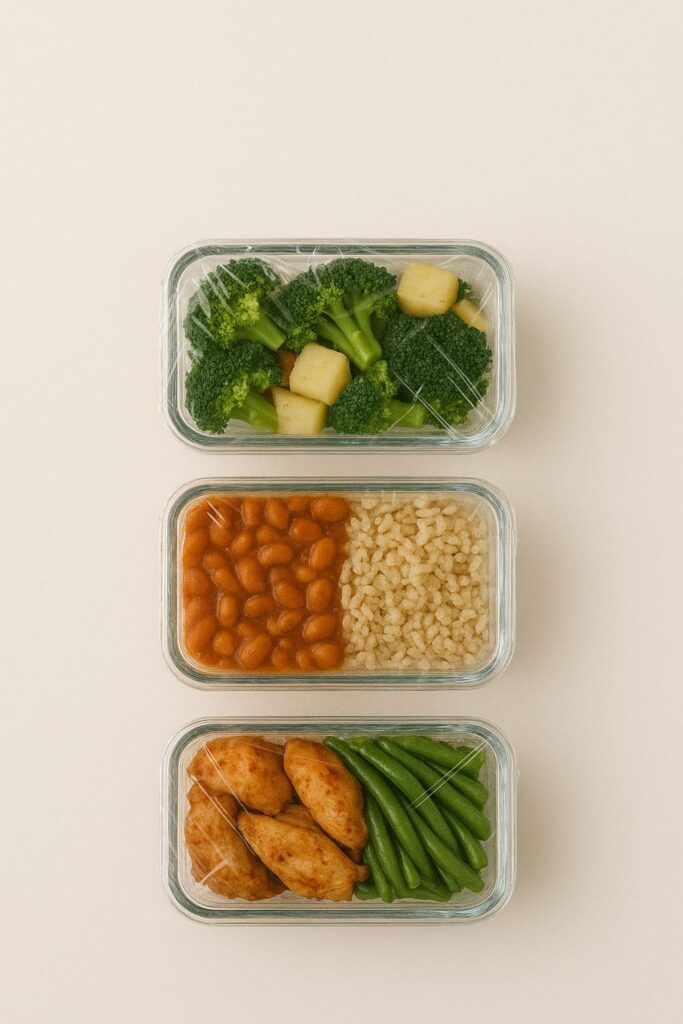
Even experienced meal preppers face obstacles. Watery vegetables after thawing? Blanch them first—this deactivates enzymes that cause texture breakdown. Sauce separation? Add a tablespoon of flour or cornstarch before freezing to maintain emulsion.
Attention: Never freeze meals containing raw eggs, mayonnaise-based dressings, or high-water vegetables like lettuce or cucumbers!
Regional variations matter too. Those in humid climates should double-wrap meals to prevent moisture infiltration, while high-altitude preppers need to adjust cooking times before freezing. Consider exploring how to Set Up a Functional, Healthy Kitchen to complement your freezing routine.
❤️Bringing It All Together: Your Freezer as a Health Asset
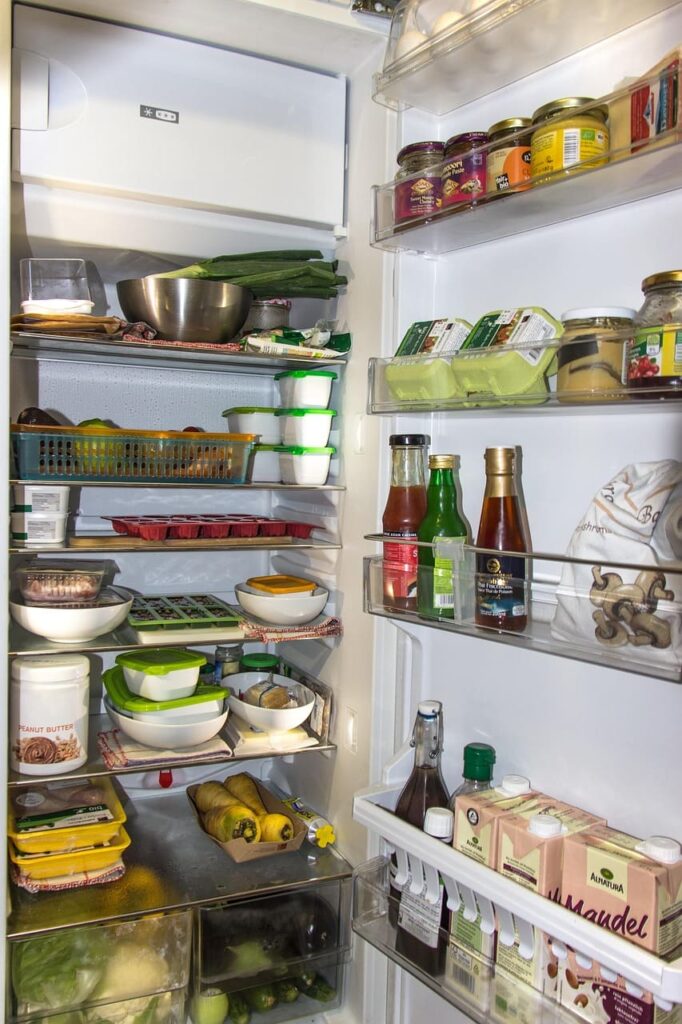
You’ve now mastered the science and art of prepping and freezing healthy homemade meals. From understanding flash freezing benefits to choosing optimal containers and troubleshooting common issues, you’re equipped to transform your well-designed kitchen into a meal prep powerhouse. Remember, this skill directly supports your journey toward consistent healthy eating by removing the daily pressure of cooking from scratch. Your next step? Start small with five meals this weekend and gradually expand your freezer inventory.
💡Frequently Asked Questions

❄️ How long can I safely store different types of frozen meals?
Properly frozen soups and stews last 4-6 months, cooked grains maintain quality for 3 months, and prepared proteins stay fresh for 2-3 months when stored at -18°C or below.
🥦 Which vegetables freeze poorly even with proper preparation?
Vegetables with high water content like cucumbers, radishes, lettuce, and raw tomatoes become mushy when frozen. Stick to heartier options like broccoli, cauliflower, and root vegetables.
📦 Can I freeze meals directly in mason jars?
Yes, but leave 2 inches of headspace for expansion and use wide-mouth jars to prevent cracking. Never fill past the jar’s shoulder line.
🔥 What’s the safest way to reheat frozen meals while preserving nutrients?
Thaw overnight in the refrigerator when possible, then reheat gently in the oven at 165°C or use 50% microwave power with stirring intervals to maintain nutrient integrity.
📍Your Meal Prep Journey Starts Here📍

Ready to transform your approach to healthy eating? Start by reviewing our comprehensive guide on Designing a Kitchen that Supports Healthy Eating to ensure your space is optimized for meal prep success.
📚🚀Related Resources:
- 🍽️🥗Designing a Kitchen that Supports Healthy Eating: The Complete Guide to Creating Your Wellness-Centered Culinary Space
- 🏡👩🍳How to Set Up a Functional, Healthy Kitchen
- 🍉7 Must-Have Kitchen Tools for a Balanced Diet
🌐Expert External Resources:
What’s your biggest challenge when it comes to meal prep and freezing? Share your experience in the comments below and let’s build a community of healthy eating enthusiasts! Don’t forget to save this guide for reference and share it with friends who are ready to revolutionize their meal prep game.
About the Author
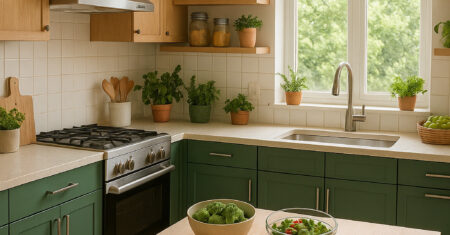



0 Comments